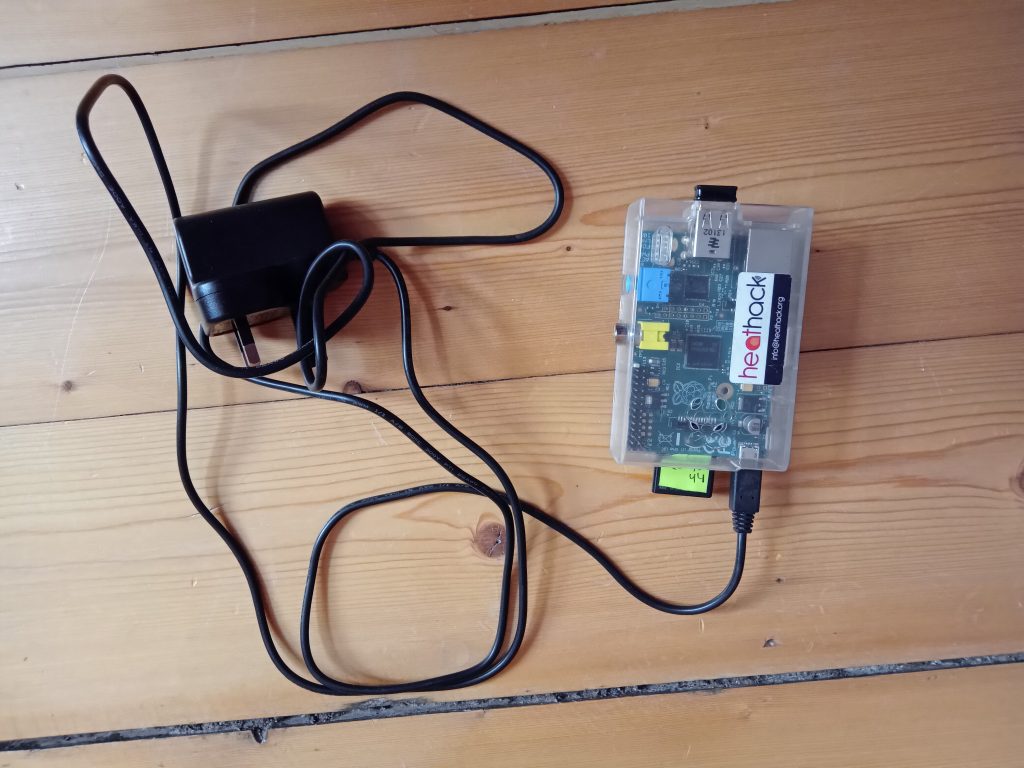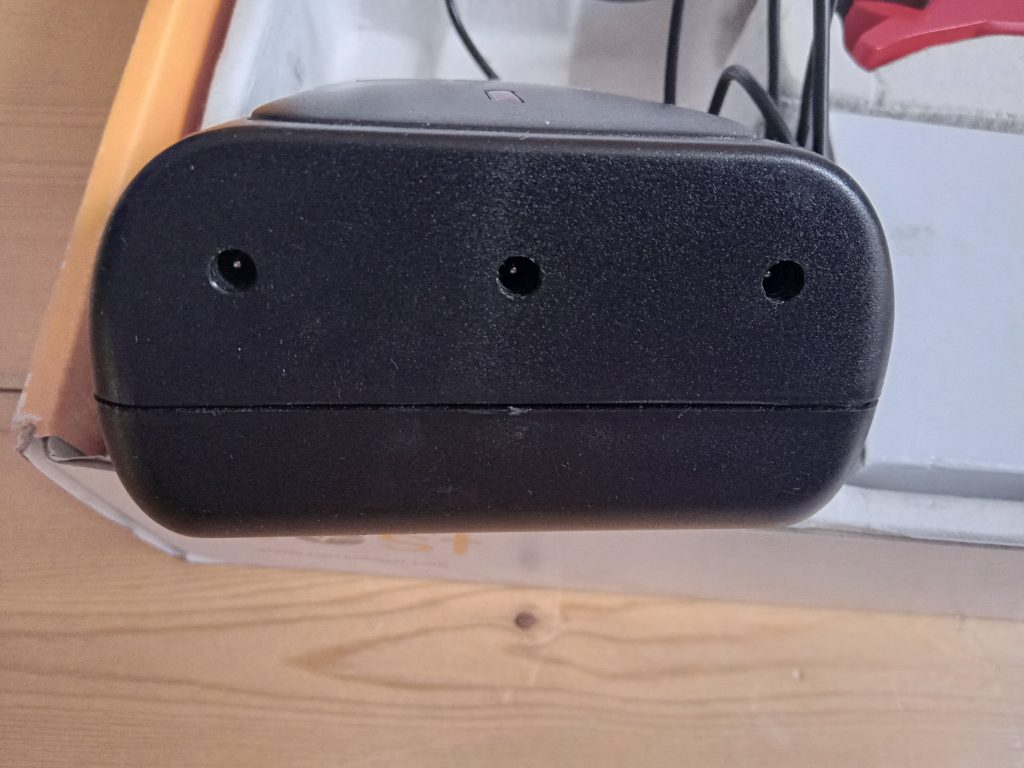One of our community groups has already asked us about electricity monitoring. This is something we’ve done in the past using equipment that utility companies were giving out for free about ten years ago. We don’t have many monitors – although they are still available from dusty cupboards everywhere, and sometimes, rather expensively, on ebay. However, they aren’t suitable for all venues.
Monitoring electricity is useful, especially for buildings with electric heating or lots of different users. This is one of the reasons for the UK’s smart meter roll-out – although that’s also about having information information that they can create incentives to reduce demand when it is high and avoid needing more power stations. In a way, just having a smart meter is a move towards net zero – not one that counts towards the local building’s energy use, but one that should help the planet.
Smart meters send half-hourly readings to your utility company. Some companies will let you have access to these through your online account, but our quick reading of the rules suggests they don’t have to. They do have to offer you a home display that shows current use, but for the numerate, that’s less useful than the full data. Some go halfway and show graphs of historic use without giving access to the data itself. We’ve never seen how this works, so we might learn more about this from our community groups during the programme.



A decade ago, many utility companies gave out clamp-on devices that would display current electricity usage just like smart meters do. The most common one, from CurrentCost, has a couple of hidden features that make them very useful.
- with an additional cable the readings can be saved, and they are taken every 6 seconds – much richer information, but there is a lot of it! Sometimes the cable even came in the box. This is what we do – using a cheap Raspberry Pi computer.
- some of them will let you attach three clamps and monitor the least powerful sort of three phase supply. These are rare in households, but fairly common in smaller community buildings. They can’t be used in community buildings with higher power needs because the clamps aren’t rated high enough and the wiring is built into a cabinet for safety. Instead, these buildings need commercial monitoring solutions wired in by a qualified electrician.
We have used a CurrentCost monitor in some Scottish churches before and they found the data very helpful for thinking about base load – whether there are things left running all the time that shouldn’t be. They’ve also used it to understand how much of the electricity goes on heating and whether users are bringing in portable heaters.
We aren’t sure what to do for this programme, though. Smart meters ought to be a better solution, especially if they give community buildings live monitoring and access to the data. Clearly the utility companies don’t feel there are safety risks to using CurrentCost monitors in homes as long as users follow the instructions to check for frayed cables, look for exposed copper, and so on. We can’t see why community buildings with the right sort of supply would be different, but there’s no official advice about which three phase supplies are suitable. It feels different to us to post it out for others than for us to do the monitoring ourselves. These are all things we need to think about as we develop the programme.
